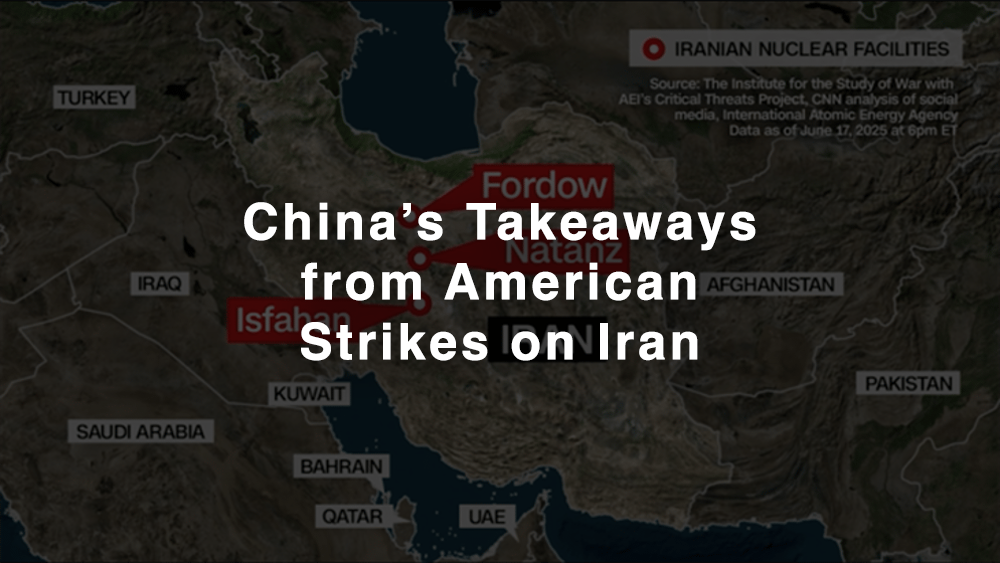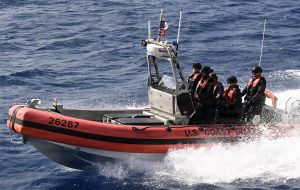American B-2 stealth bombers conducted precision strikes on three of Iran’s most fortified nuclear sites: Fordow, Natanz, and Isfahan. The operation was swift, overwhelming, and successful, according to preliminary BDA. Within hours, Secretary of Defense Pete Hegseth and the Chairman of the Joint Chiefs of Staff briefed the public in unusual detail, outlining everything from the number of aircraft involved to the specific munitions used and unofficial destruction assessments of each target.
This level of transparency, if not properly reviewed with an Operational Security (OPSEC) lens, may reassure allies and deter adversaries, but may incur unintended consequences. The net result of any successful operation should speak for itself, and divulging operational details without a proper OPSEC review does more harm than good. If the details guarded by OPSEC before execution aren’t treated with the same discretion afterward, we risk handing our adversaries pieces of the puzzle that reveal how we plan and execute complex, long-range missions.
This operation is a real-time case study of American power projection against hardened underground targets. It’s also the very kind that China has spent the last decade preparing to defend against by investing in counter-stealth radar systems and buried command and control bunkers. And unsurprisingly, Beijing was watching closely.
Two of China’s most advanced electronic surveillance ships reportedly operated in the Persian Gulf during the strike. Its Strategic Support Force, utilizing its thick network of space-based sensors, cyber assets, and human intelligence platforms, was collecting everything it could. And what they couldn’t collect in real-time, they likely filled in through open-source intelligence in the hours that followed.
There are four things Beijing almost certainly focused on:
First, the performance of the GBU-57. Fordow and Natanz are deep, hardened targets modeled to survive conventional air attacks. Was the U.S. able to stack multiple MOPs effectively? What was the weapon’s actual depth and accuracy under combat conditions? China will use these answers to assess the survivability of its own underground command and control facilities. Revealing the final BDA in detail would be a mistake.
Second, the structure and synchronization of the strike package. Where did the bombers launch from? What kind of aerial refueling and ISR support was required? How long did U.S. assets loiter, and how was electronic warfare coordinated across such a broad strike envelope? These are key data points that help an adversary model U.S. doctrine.
Third, the electromagnetic environment. What systems did the U.S. jam, spoof, or suppress? Were Iran’s radars shut down by force or finesse? China is investing heavily in electronic warfare, and every signal emitted (or not emitted) last night on both sides will be analyzed.
Fourth, and most importantly, China will ask: Did we see the B-2s? American stealth technology remains one of the U.S. military’s most strategic advantages. But the PLA has made defeating it a top priority. Its new generation of satellites, ground-based radar, and infrared sensors are built for tracking such stealth assets in real-time. Whether or not they succeeded may reshape Beijing’s investment priorities in space and counter-stealth systems. If they weren’t sure if they spotted our aerial assets before this morning’s press conference, they are now.
There is a valid argument for limited transparency following a historic military accomplishment. Public confidence matters, and so does deterring our adversaries by demonstrating capability. But there’s a fine line between signaling strength and oversharing tactics. And in the age of machine learning and satellite forensics, every data point we confirm helps fill in the enemy’s model of how we fight.
The Department of Defense knows this and was most certainly conducting counterintelligence operations monitoring what Chinese assets collected during the strike, particularly in space. But it’s still worth asking why so much operational detail was made public so quickly—and whether that decision was strategic or performative signaling.
This mission was a masterclass in joint force integration, and the men and women who executed it deserve our highest praise. But the quiet professionals of our military realize the lonely truth about service: the public will never understand the magnitude of what it takes to accomplish a mission such as this, and trying to explain it is futile and dangerous.
Jack Barry is a former special operations Blackhawk pilot. He holds an MPA from Harvard Kennedy School and is currently pursuing an MBA at MIT Sloan
Jenn Aupke, Col, USAF (Ret), Division Chief Personnel Recovery and Special Operations





